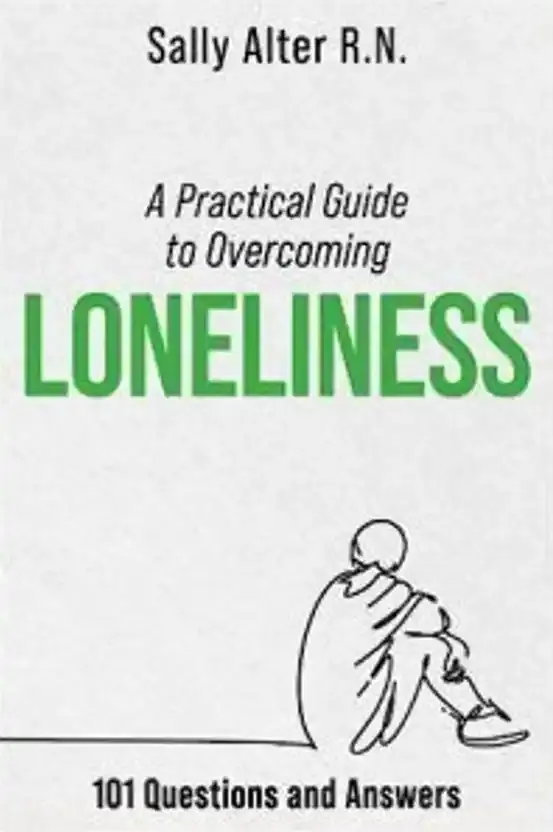The Quiet Crisis of Loneliness: The Intimate Suffering of Today's Disconnected World

In an age of hypercommunication, one might assume that loneliness is a relic of the past. However, it is ironic that it emerged as a silent pandemic affecting millions around the world. Loneliness is not just a fleeting emotion but a deep state of detachment that permeates every aspect of an individual's life. This article delves deep into loneliness and explores its definition, symptoms, behavioral manifestations, widespread impact on humanity, and potential avenues for treatment and intervention.
Show key points
- Loneliness is a profound emotional state that can exist even in the presence of others, undermining the assumption that modern connectivity has eliminated isolation.
- It transcends demographics, affecting people of all ages, backgrounds, and social statuses without discrimination.
- The emotional and physical consequences of loneliness are severe, including chronic sadness, anxiety, weakened immunity, and increased risk of health issues.
- ADVERTISEMENT
- Digital interactions, while appearing to connect people, often mask emotional disconnection and intensify feelings of alienation.
- Individuals may display withdrawal or engage in exaggerated attempts at connection, both of which can deepen their sense of isolation.
- Comprehensive treatment approaches, including therapy, social integration, and lifestyle changes, are crucial in addressing the complex nature of loneliness.
- Building a culture of empathy, community, and genuine human connection is essential to reversing the widespread impact of this silent crisis.
1- Unity: deeper understanding.

Loneliness goes beyond physical isolation; it is a deep sense of emptiness and alienation, even in the midst of a crowd. It is the feeling of being misunderstood or incomprehensible by the surroundings, or remaining in an invisible, or worthless state. Contrary to popular belief, loneliness can affect anyone, regardless of their social status, age or marital status. It is an existential vacuum that eats away at the human soul, often not recognized, discovered or processed.
Recommend
2- Recognize the symptoms

Loneliness symptoms manifest themselves in different forms, both physical and psychological. Their emotional impact is characterized by constant feelings of sadness, emptiness and anxiety. Physiologically, this can lead to disruption of sleep patterns, weakened immune systems, and increased susceptibility to chronic diseases. Furthermore, loneliness often fuels self-harm behaviors, such as substance abuse, and unhealthy eating habits, exacerbating their harmful effects on public health.
3- Behavioral patterns: coping mechanisms or crying for help?

Lonely individuals often exhibit characteristic behavioral patterns. Some may resort more to their shell, avoiding social interactions altogether, while others may aggressively seek to validate themselves through superficial communications or excessive use of social media. Paradoxically, these coping mechanisms can perpetuate the cycle of unity, resulting in individuals being trapped in a perpetual cycle of isolation and despair.
4- Human Diffusion: Loneliness in the Digital Age

In an age dominated by digital communications and social media, one might assume that loneliness should be in decline. However, ironically, the advent of virtual connections coincided with an increase in loneliness. The illusion of connectivity provided by social media often hides deeper feelings of isolation, making individuals yearn for a genuine human connection amid the digital hype.
5- Treatment possibilities and methods

Addressing the unit requires a multifaceted approach that takes into account its complex interactions between psychological, social, and environmental factors. Psychotherapy, cognitive behavioral interventions, and support groups provide valuable avenues for individuals to explore and address the root causes of their loneliness. In addition, fostering a culture of empathy, compassion, and inclusion within communities can serve as a powerful antidote to the rampant epidemic of loneliness. Social life helps to get out of isolation, share joys and hardships with others, touch the multifaceted spectrum of social life, and stay away from worries.
The end

A quiet crisis of unity permeates the fabric of societies, silently eroding the well-being of millions around the world. It is a profound personal ordeal with far-reaching societal implications, requiring urgent attention and collective action. By fostering true bonds, cultivating empathy, and embracing human vulnerability, it is possible to begin to unravel the intertwined web of unity, fostering a world in which everyone feels seen, heard, and appreciated.
While specialized medications and psychotherapy can be valuable tools in treating loneliness, they are most effective when they are incorporated into a comprehensive treatment plan that prioritizes overall well-being. By combining pharmacological interventions, psychotherapy/lifestyle modification, and social support, individuals can embark on a journey towards healing and rediscover the deep pleasure of human connection.








